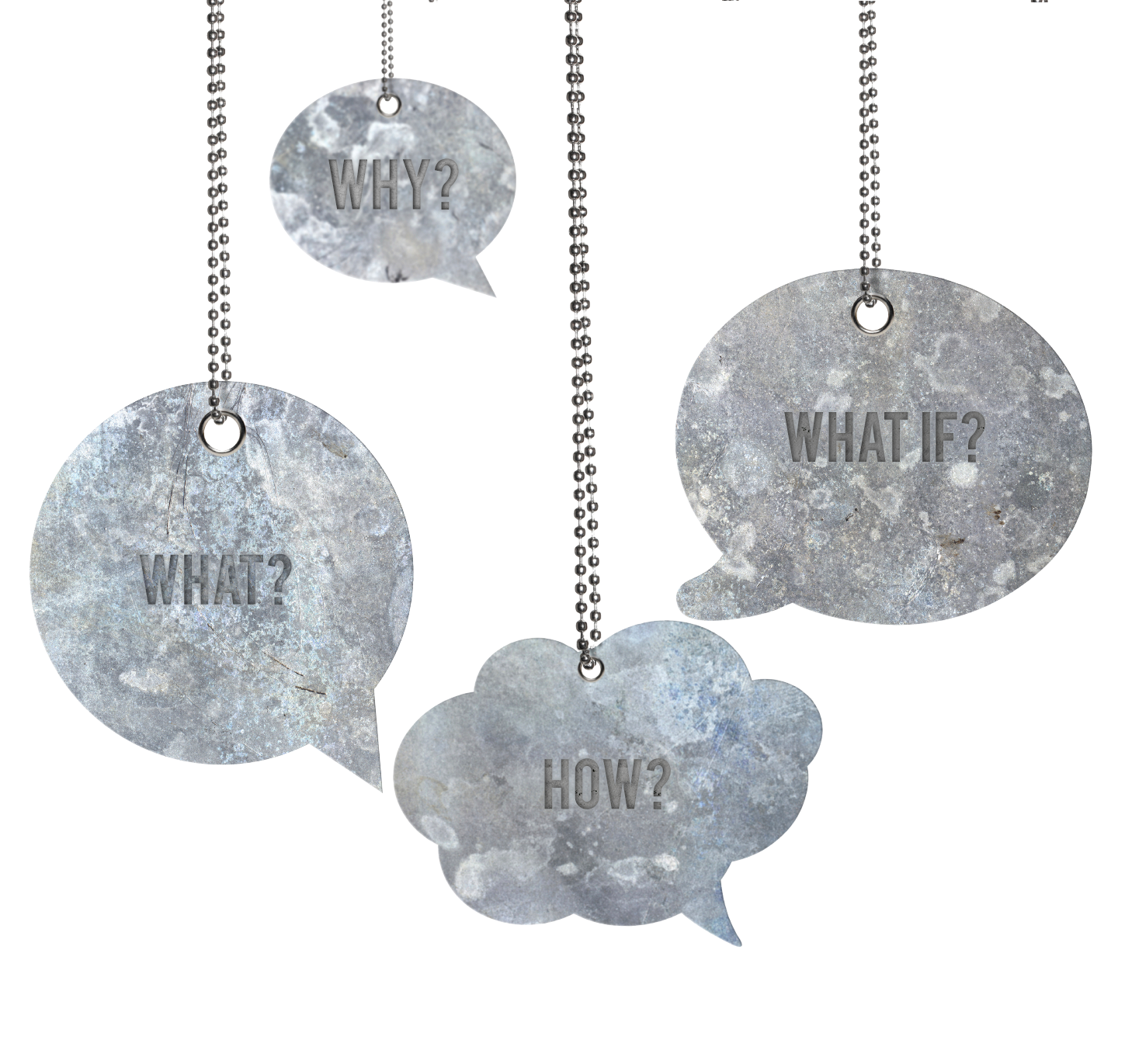Mind Mapping
Why Do It:
- Enhances clarity of thought
- Provides a logical order
- Provides order and structure
- Enables memory and retention
- Stimulates creativity
- Helps with problem solving
- Saves time
- Is fun and visual
- Improves capacity to see the big picture
- Whilst remembering the detail
What Mind Mapping is:
A visual tool that helps arrange and present the thought process, providing a logical overview of a certain subject.
By using visual images or words information is considered and presented in a way that cuts through the mass of information people are presented with every day. Drawing a mind map stimulates the imagination and creates associations between topics enabling the retention of information.
People use it to plan their writing and presentations, for learning and retaining information, for creating strategy and goals, for planning purposes, for taking notes in meetings, for brainstorming ideas and creative thinking. I even know someone who wrote a cookery book from a mind map.
How to do it:
It’s actually quite simple to draw a mind map. There are also online tools you can use for example mind-map creator Tony Buzan’s iMindMap . If you’re doing it manually, here’s how:
- Take a large sheet of plain paper (preferably A3 – when you are practiced at mind mapping you can reduce to A4)
- If you’re a visual person and can be bothered, assemble some coloured pencils (I use a normal pencil as it’s easier to rub out, though less pretty)
- Draw a circle about the size of a satsuma in the middle of the page and write the topic you’re going to be thinking about in the middle (creative types draw a picture – whatever floats your boat)
- Now draw four thick ‘branches’ growing out of the circle (you can add more later if you need to). If you’re the coloured pencil type, use a different colour for each branch.
- Think about your topic and write a key theme along each branch
- Now think about each key topic in turn and draw smaller branches off the main branch writing these sub-topics along the smaller branches
- For some of these topics you might expand further with ‘twigs’ that come off the smaller branches
- As your thought process evolved and you become more creative and clear, you might have to rub out and amend certain parts or move them round – this is you getting organised as the ideas flow.
- If you want to memorise the information, use picture and symbols and colours, different styles and fonts or shapes to enhance the process.
- You might want to number your branches as your logical order becomes apparent.
How you can use this:
Some people keep their mind-maps in a book or scan them onto their laptop or other device as they are useful to refer back to. Recording your thought process is both useful and interesting. If you’re using your mind-map to prepare for a presentation you can use your highly visual creation to help you memorise the key points. This is immeasurably better than reading your speech form a typed sheet. And you can take your mind map along with you to jog your memory. You can use your mind-map to explain a complex theory or idea to others. Use them any way you like really…
